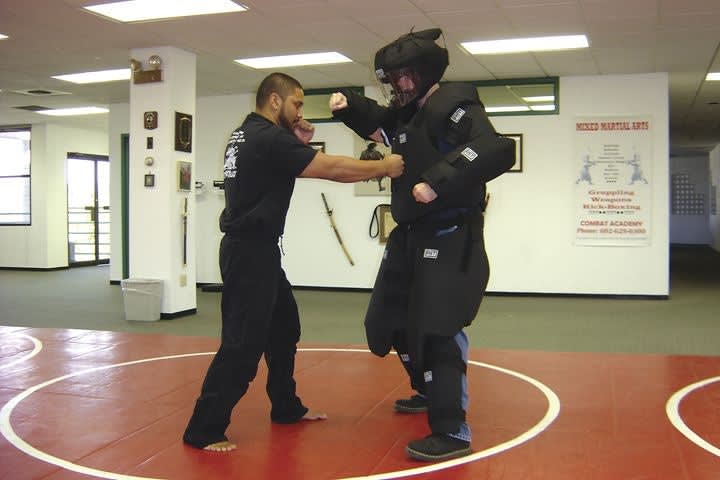For example, in some cities, flashlights have been banned as impact weapons. My agency, the Los Angeles Police Department, is currently going through the process of changing flashlight policy and equipment in the wake of a recent videotaped arrest incident. Back in 1991, my own research showed that flashlights are not often used as impact devices but when they are, the injuries tend to be more severe than with other tools, except firearms.
Still, that doesn't necessarily mean that an officer should never be allowed to defend himself or herself with a flashlight. There are numerous cases of flashlights being used as legitimate self-defense tools in fast-breaking situations where officers were under attack.
These are not easy issues to address, but address them we must. "Policy" is more than what comes out of some thick book. Policy includes choices of tactics, equipment, application, and training. Choices can be based on whim or fancy, or they can be based on objective research and findings.
All weapons and tactics have their limitations. Many police use-of-force situations are sudden close-contact situations that require immediate, instinctive response. Other situations begin as "stand-off" situations, with time for planning and maneuvering, but change to immediate-response situations if the suspect increases resistance, if officers approach the suspect without a plan, or if officers do not take appropriate, aggressive actions to control the suspect before the standoff situation deteriorates. Our mindsets must take all these possibilities into consideration.
Good choices of policy, training, equipment, tactics, supervision, and review processes usually won't make the videotape of a use-of-force incident look appealing to the public eye. But because they make for good public policy, they will make you and your agency more defendable when push comes to shove.












